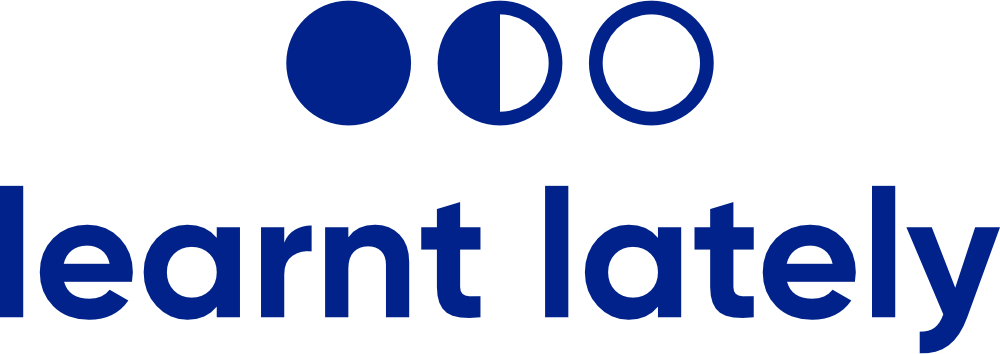A quick guide to LMS procurement - process & pitfalls
Procuring an enterprise-level learning platform is complex - as anyone who’s landed the task will testify. The platform needs to meet your organisation’s diverse needs and stakeholder expectations, but to achieve this you have to understand the technical component to software procurement. As a non-technical person, how do you make the right call without feeling intimidated?
Luckily for us, Erin Burns, Corporate Learning Specialist, is on hand to answer our questions on the basic process, pitfalls and need-to-know of learning platform procurement.
Erin Burns, Corporate Learning Specialist
High stakes
Q: Paint us a picture - what’s usually at stake when a company is procuring a learning platform?
A: Organisations procuring a piece of learning software want to get it right, the first time. Any piece of software introduced at an organisational level quickly becomes an integral part of the infrastructure. Dependencies across resources, software and services grow, making it difficult to reverse bad decisions.
Think about it in these terms.
It’s usually a 3-5 year piece of technology (large commitment).
It often comes with a large contract (great expense).
Everybody uses it (high exposure).
The success of the overall solution impacts knowledge growth and people development (major contributor to key business performance and talent retention).
Taking the time to consult stakeholders and collect requirements is critically important. Also, understanding how your users will access the system will help you work out what features are important for your business. Use this information as the basis for your conversations with vendors.
Remit
Q: Who typically handles technology procurement like this? The CTO, right?
A: Sometimes, but more often than not, first enquiries are made by L&D or HR practitioners who understand both the desired business outcomes and learner requirements. Unfortunately, getting across the technology and technical requirements can often be daunting and that’s why I recommend a few simple steps for navigating this journey.
Five simple steps
Q: Put yourself in the shoes of a non-technical person who's been tasked with creating a shortlist of prospective learning platform vendors. What are the safest and smartest steps to take?
A: If you’re a non-technical person it’s very easy to feel intimidated when speaking with software vendors. A common sense approach is to seek out providers who speak your language, both verbally and contractually. If the person you’re dealing with can’t explain the platform in a language you can understand, then take this as an indicator of how the whole relationship will pan out.
I recommend the following approach:
Step 1: Interview your stakeholders
Start with some basic discovery so you understand exactly what the platform needs to deliver including features, technical and budgetary requirements.
Step 2: Document your requirements
Create a basic checklist so that you consistently ask each vendor the same set of questions and compare the value they offer. This documentation will allow you to easily share your vendor research with stakeholders.
Step 3: Research your vendors
Conversations are free so make sure you research as many options as you think you need to. Again, look for vendors who speak your language and be wary of confusing, convoluted tech talk.
Step 4: Request input
Be thorough with your vendor discussions and involve relevant stakeholders as you need to. A learning platform has to please many parties, so involve them.
Step 5: Test drive
Take the system for a test drive and ask various users from within your organisation to participate. Ask for their feedback and let this help guide your decision.
Misunderstandings and underestimating
Q: You’ve helped hundreds, perhaps thousands, of organisations procure and implement learning platforms. What are some of the common pitfalls?
Under-preparing for launch
Success is all about how the system is rolled out, what you’re rolling out and to whom. Remember, a library is just an empty building if it doesn’t have books, an index system and a bunch of members. Similarly, your learning platform is just a platform if it doesn’t have the courses you need, organised so that your learners can easily access them. Work backwards from your learning plan and find a vendor that can supply the courses in a way that works for your learners. If you can’t find a vendor with the course you need then build them bespoke.
Think big
In the planning stages it is important to think big, don’t be constrained by what you know about learning management systems. Most HR professionals will have worked with elearning in the past so use this as a starting point – what did you like and what didn’t work. The content and LMS do not need to come from one company, in my experience, it is very rare that an organisation won’t unpackage these for you.
Give it the time
So often organisations ask for a 12-month contract or pilot program because they’re nervous about long commitment. Twelve months however, is not long enough to produce the data required to truly understand if your implementation has been a success and examine ROI. Twelve months after launch I recommend looking at completion data, course feedback, reporting requirements and technical adoption – from this analysis, implement improvements and re-assess. No-one gets it perfect the first time so allow yourself to make mistakes and improvements, it is the best way to find what will work for your organisation. I would typically recommend a 2-3 year contract so you have plenty of time to understand your data. Any longer than 3 years however is risky as technology moves quickly as do company structures.
There are no stupid questions
As a HR professional, this system can impactyour reputation so make sure you understand every detail. Ask for scenarios to be demonstrated so that you have confidence in the system. Those who are running the demos are great at what they do so make sure you ask questions. Ask them to slow down and try everything in your demo environment so you truly understand the end-users experience.
Top tips
What are your top tips for learning platform success?
Be clear on what you need - do your internal research and really work out what you need early on.
More is not always better - don’t overcomplicate your tech solution by signing up for more than you need.
Fit for purpose - choose a platform that does what you need it to do and does it well.
Speaks your language - choose a vendor who you can comfortably work with.
Change management - create excitement around the platform internally, prepare your employees and managers for the change to the way they work and ensure the positive message is coming from the top-down.
Do you have an elearning project you want help with?
Learnt Lately specialises in developing custom elearning courses. Our mission is to build better elearning that drives better business so you can develop skills and knowledge where you need it most.
For more information contact us on 1300 086 692 or visit email us today.





